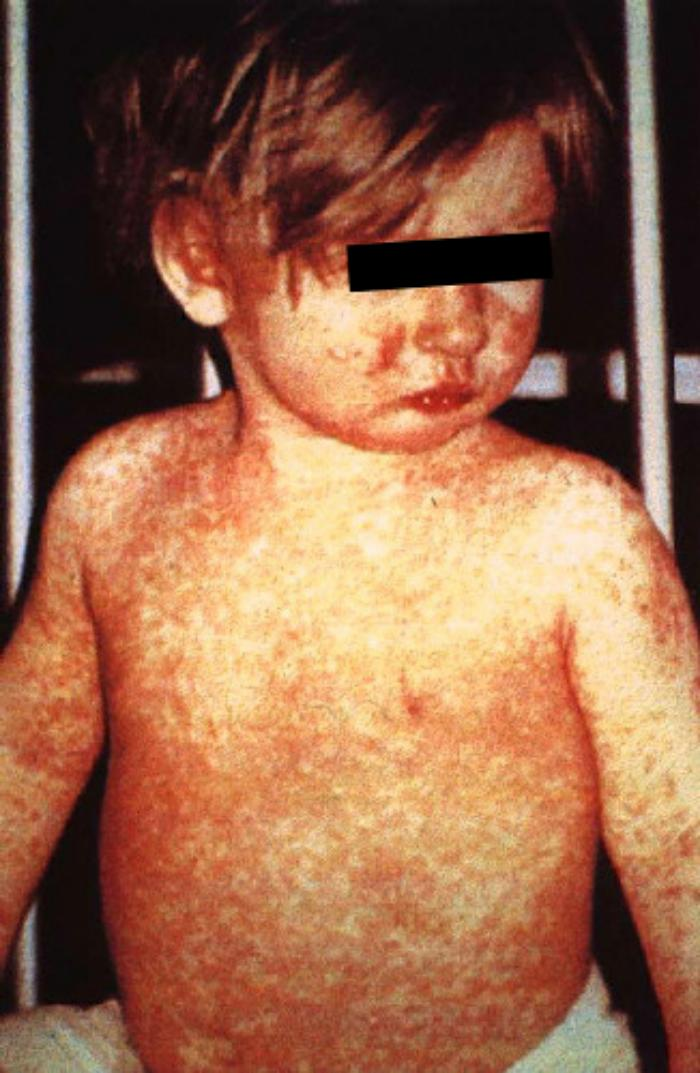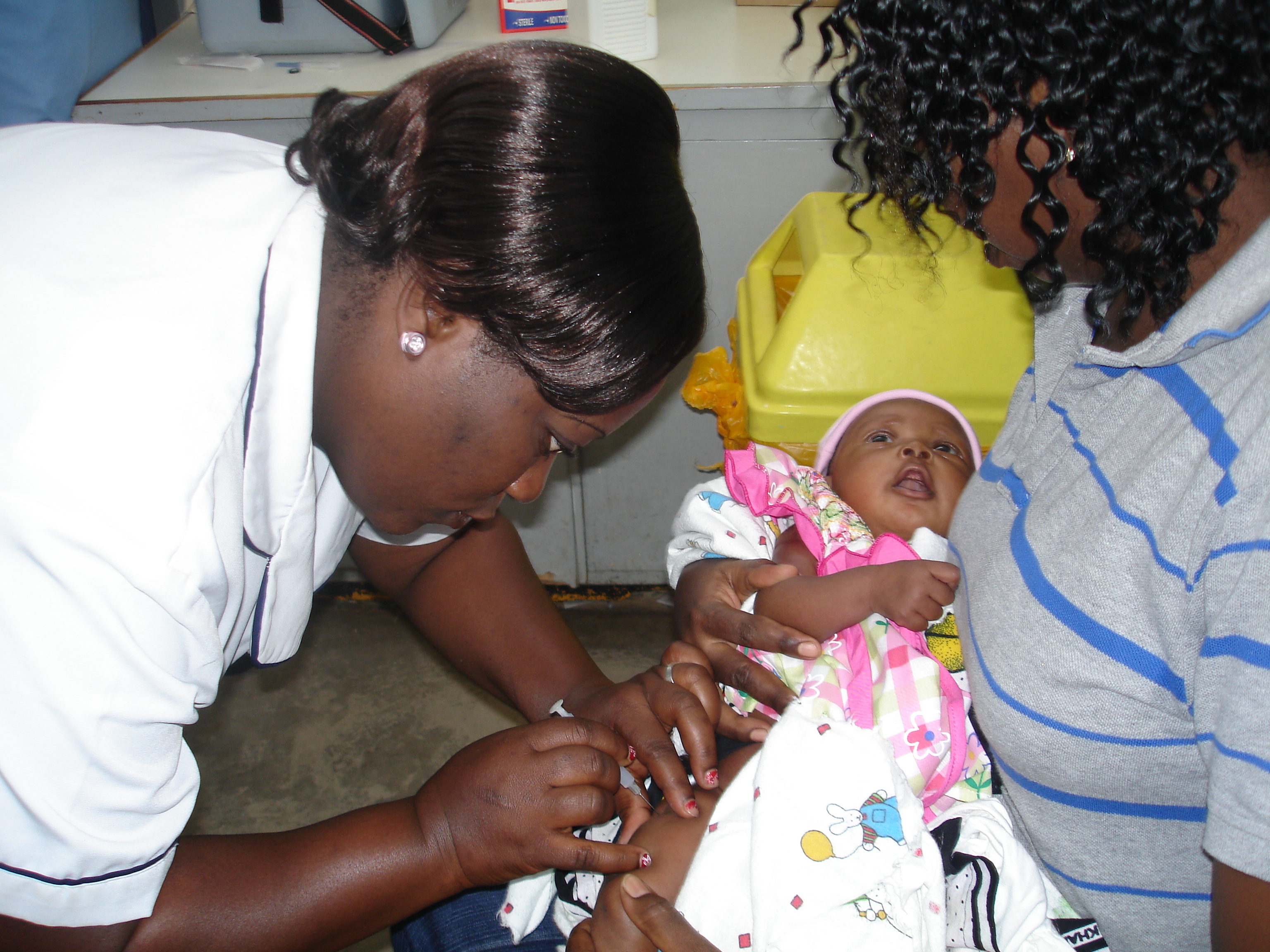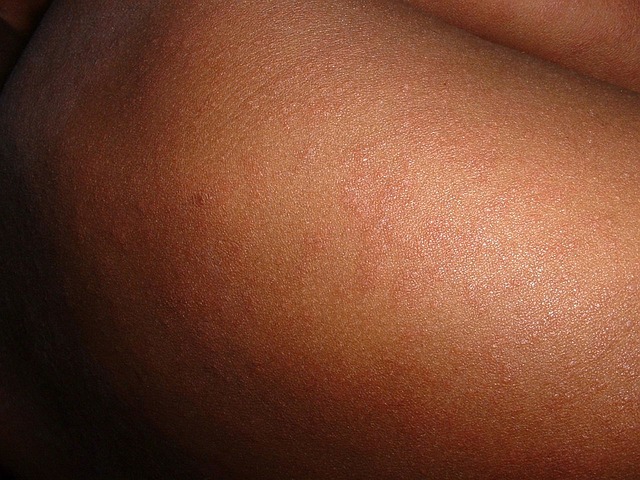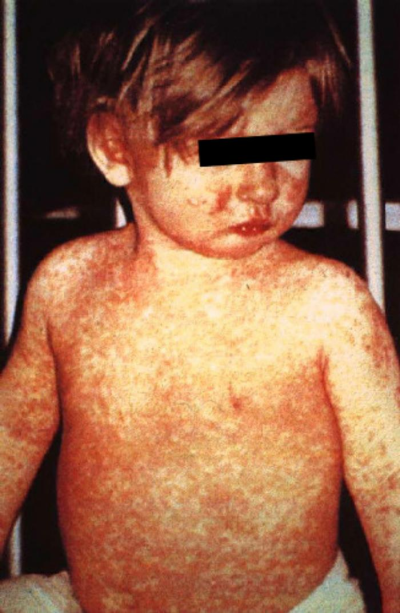
Measles and polio – the story so far in Africa
The World Health Organization (WHO) tells us that 11th August 2015 marked 1 year since the last case of wild polio was reported on the entire African continent.
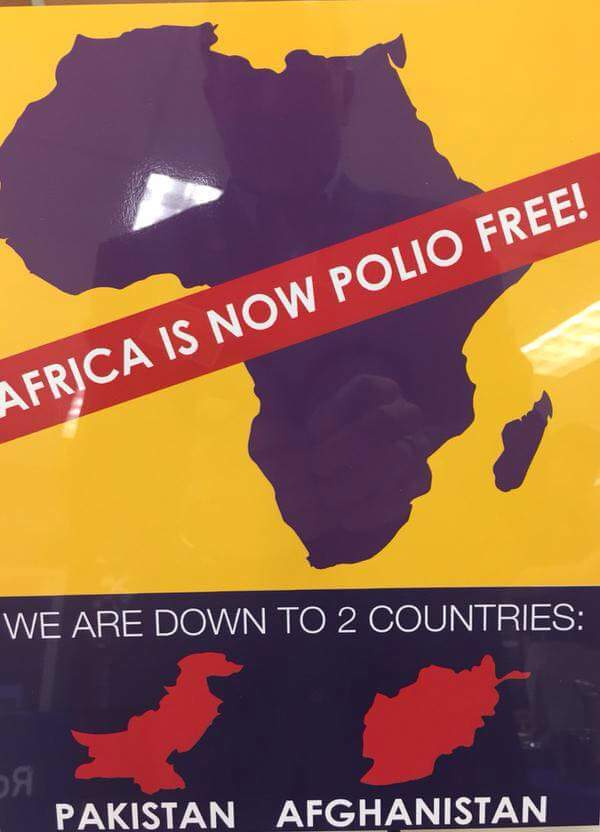
This is a major milestone and good reason to celebrate
But as we celebrate the hopeful end of polio in Africa – there is this nasty old virus that is hitting one part of Africa with a vengeance.
Since February 2015, there have been 400 deaths of children in the Democratic Republic of Congo as a result of measles.
http://www.nytimes.com/2015/09/15/health/measles-outbreak-in-democratic-republic-of-congo-kills-400.html?mwrsm=Facebook&_r=1
The New York Times report says that Doctors Without Borders, who are involved in trying to contain the epidemic, are finding it hard to reach the affected villages. Some can only be reached by motorcycle or canoe. Inability to reach children and quickly vaccinate them has led to rapid spread of the virus. Already 23,000 people have been infected, 400 dead – this can be a real disaster for the East African region.
It is scary that 400 children have died of measles in a neighbouring country. The countries bordering DRC are hopefully doing some serious ring vaccinations along the border to prevent the disease spreading further. In Africa, if your neighbour catches a cold, you sneeze. One can never ignore the calamity next door.
It was disappointing to hear of this massive measles epidemic because I was looking forward to soon hearing about the end of the disease on the continent. In June 2015, I talked to the nurse in charge of nursing services in 33 rural health facilities in Kilifi sub-county, Ms Christine Mataza and she said, ‘The last time I saw a case of measles was 2008, that is 7 years ago.’
And this is Kilifi. The poorest county in Kenya, and there has not been a case of measles in 7 years. It makes me believe that the cases of measles are going down so I went in search of data on the drop in measles deaths within our country, Kenya.
I got this rather old report from UNICEF…..
http://www.unicef.org/newsline/02pr37measles.htm
In 2002 we were trying to reduce the deaths from the figure then of 18,000 measles deaths a year. As measles is a notifiable disease, I am sure that there is more recent data on deaths in Kenya from measles but I have not been able to lay my hands on it …so if you do know what the figures are……please let me know.
However, I can give you WHO estimates. In 2000, there were 544,200 measles deaths globally and in 2013, there were 145,700 deaths. From 2000, there has been a 75% drop in measles deaths globally. A big achievement – believed to be as a result of the very highly effective measles vaccine.
When I was in primary/nursery school (and I think those born in the 60’ and 70’s can attest to this), we were aware of the two types of rashes. One caused by chicken pox which our parents were eager for us to catch as soon as we could and get over with, and the other, measles, which meant a stint in hospital.
I did not connect either rashes with death then. It was one rash worse than the other and we were told it was best to catch both young. That if you caught any of these rashes when you were older, it would go into your brain and drive you mad.
And true, I have not thought hard about measles lately – and not read about it for a while.
How bad really is measles?
A lot of the time measles presents as a high fever and a bad rash which fades within a fortnight, vomiting and diarrhoea. And true that it is one of those diseases which you catch once and are fully protected for life.
But measles can get complicated.
According to the WHO, ‘the most serious complications are: blindness, encephalitis (an infection that causes brain swelling), severe diarrhoea and related dehydration, ear infections, or severe respiratory infections such as pneumonia. Severe measles is more likely among poorly nourished young children, especially those with insufficient vitamin A, or whose immune systems have been weakened by HIV/AIDS or other diseases’.
The infection in the brain can be severe enough to cause brain injury with resulting complications that can be motor (related to movement), behavioural and can lead to learning difficulties. Unlike what we were told when we were in nursery school, even children’s brains can be greatly affected by measles. Luckily from studies conducted in recent European outbreaks, brain involvement occurs in about 0.1% of cases: about 1 in every 1,000 measles cases. Pneumonia is the most common serious complication as a result of measles.
In Africa, the countries that most often have very large measles outbreak are those that have a highly damaged health infrastructure. Those that are remote or have been in a conflict and therefore the health services have broken down. Vaccination programs are poor or non-existent and this gives the virus a chance to spread as there is a big group that is not vaccinated.
Measles is highly contagious virus and is spread by coughing and sneezing, close personal contact or direct contact with infected nasal or throat secretions. The polio virus is spread by oral-faecal contamination and it is therefore easier to contain its spread.
There is no treatment for measles. However, survival rates improve with good nutrition, rehydration and use of vitamin A. The use of vitamin A has been shown to cut deaths by half. All infections, ear, eye and pneumonia ought to be treated with antibiotics.
So – although we seem as a continent to be struggling to contain measles, if approached with the same determination as polio – measles elimination is not a pipe-dream.
Perhaps Rotary International, that fought polio and appear to have tipped it over the cliff in Africa, would be well placed to take on this challenge.
Parents have to be convinced of the value of vaccinating children against diseases they may not have observed in decades in order to ensure that the world is free from measles. Any laxity will lead to the return of the disease as has been observed in the UK, Germany and other western countries that thought they had eliminated measles.
The thing with measles though is that the vaccine is highly affective and cheap to produce. Elimination of the disease and finally eradication of the virus globally is not impossible.


